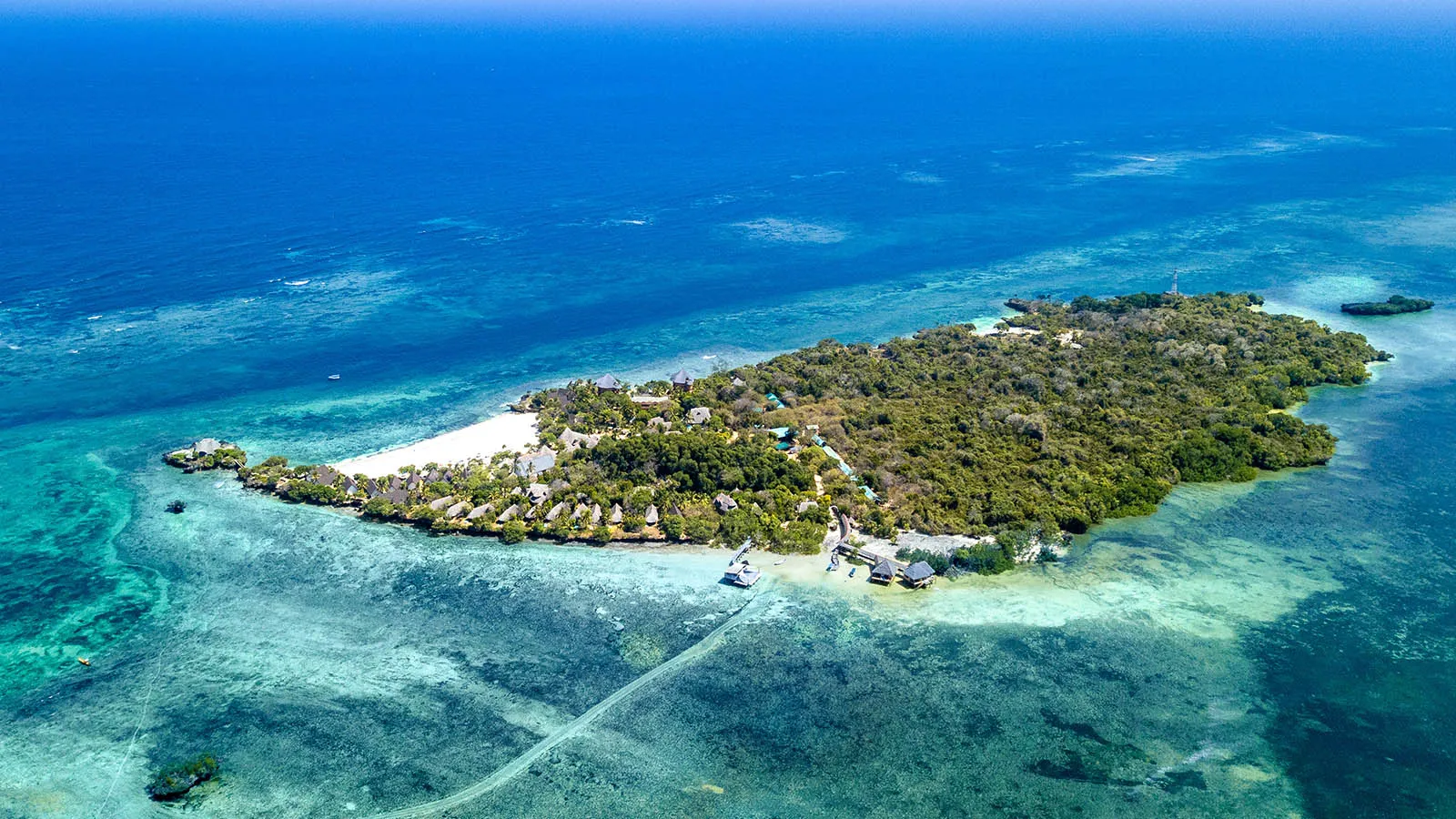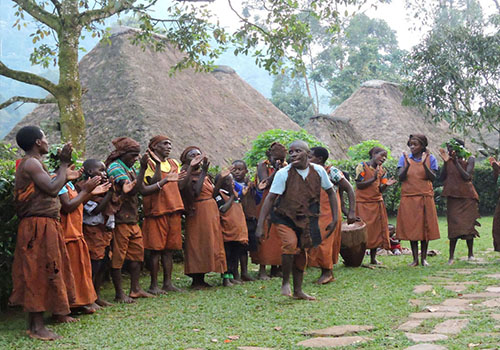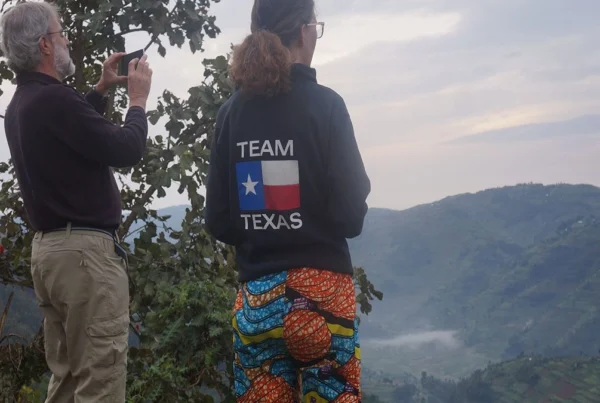Top 10 Best Kenyan Islands
Discovering Kenya’s Most Alluring Island Escapes Beyond the Mainland
The Hidden Jewels of the Indian Ocean: Why Kenya’s Islands Matter
While Kenya is globally celebrated for its vast savannahs, spectacular wildlife, and world-famous safaris, a more tranquil yet equally enchanting side of the country exists quietly off its coast. Stretching from the Swahili shores of Lamu to the emerald waters near Mombasa, Kenya’s islands paint a portrait of paradise—untouched, culturally rich, and steeped in centuries of maritime history. Each island, wrapped in shimmering turquoise seas, offers a unique story told through ancient architecture, coral reefs, white-sand beaches, and vibrant local traditions.
These islands form a critical part of Kenya’s cultural and ecological heritage. Often overlooked in favor of its bushlands and highlands, the Kenyan archipelago has quietly blossomed into a sophisticated yet soulful destination for travelers who seek seclusion, authenticity, and natural splendor. From remote coral atolls and dhow-dotted lagoons to historical trading posts and mangrove-ringed sanctuaries, the islands of Kenya offer more than just scenery—they provide an escape into another rhythm of life.
In this article, a deep dive is taken into the ten most captivating Kenyan islands, each chosen for its exceptional beauty, cultural resonance, and immersive experience. Through these places, the lesser-known but intensely beautiful coastal identity of Kenya is revealed—one that is best experienced slowly, thoughtfully, and intimately.
Lamu Island: The Soul of Swahili Culture
Lamu Island, the crown jewel of Kenya’s coastal heritage, remains one of the most atmospheric and timeless destinations in East Africa. It is here that the essence of Swahili culture has been preserved with remarkable integrity, earning Lamu Old Town the distinction of a UNESCO World Heritage Site. Narrow alleyways wind through coral-stone buildings and intricately carved doors, while donkeys, rather than cars, serve as the primary mode of transport. The island’s sense of serenity is only matched by its layered history—centuries of Arab, Persian, Indian, and African influences converge in its architecture, cuisine, and rhythm of life.
Days on Lamu drift by like the dhows in the channel—slow, graceful, and deeply poetic. The call to prayer from ancient mosques floats over the rooftops, while the scent of cloves and grilled seafood fills the air. Whether relaxing on Shela Beach, exploring historic ruins, or sailing at sunset, visitors to Lamu are immersed in a setting where tradition, beauty, and hospitality merge seamlessly.
Manda Island: A Tranquil Coastal Refuge
Across the channel from Lamu, Manda Island offers a more secluded and nature-centric experience. Its mangrove forests and tidal creeks shelter a wide variety of birdlife, while its remote beaches offer serenity in its purest form. Manda has become synonymous with eco-luxury lodges and barefoot elegance, attracting travelers seeking privacy and harmony with nature.
The island is also home to Takwa Ruins, remnants of a 16th-century Swahili trading settlement that evoke the island’s historical depth. Manda’s juxtaposition of raw natural beauty and archaeological intrigue makes it an ideal destination for those who prefer quiet sophistication and meaningful exploration.
Chale Island: The Island of Sacred Solitude
Off the southern coast near Diani Beach lies Chale Island, a private sanctuary that is both a romantic escape and a sacred site for the local Giriama people. The island’s mystical energy is drawn from its lush forests, coral gardens, and centuries-old baobabs. Surrounded by clear waters teeming with marine life, it presents an ideal setting for snorkeling, diving, and kayaking. But beyond its natural allure, Chale Island is wrapped in myth and tradition, with areas considered spiritual by coastal communities.
The architectural design of its exclusive resort reflects the island’s natural elements, fusing Swahili, Arabic, and contemporary styles. Guests find themselves ensconced in silence and luxury, where every sunrise feels ceremonial and every moment speaks of stillness.
Wasini Island: A Window Into Coastal Community Life
Further south near the Tanzanian border, Wasini Island offers an experience rooted in community, tradition, and marine exploration. Unlike the resort-focused islands, Wasini is inhabited by a small Swahili and Shirazi community, and daily life here unfolds at the pace of the tide. There are no cars, and few roads—only sandy footpaths and warm smiles from locals who greet visitors with genuine curiosity.
The island’s close proximity to Kisite-Mpunguti Marine Park makes it a launch point for some of Kenya’s most spectacular underwater adventures, including dolphin watching and coral reef snorkeling. But Wasini’s soul lies in its people. Community-led conservation, coral walkways, and sustainable seafood lunches are integral to the experience, offering insight into a lifestyle shaped by the ocean’s gifts and challenges.
Kiwayu Island: A Wilderness of Sand and Silence
North of Lamu, in the remote Kiunga Marine Reserve, Kiwayu Island presents a raw, unfiltered expression of coastal wilderness. Known for its sweeping dunes, endless stretches of unspoiled beach, and the absence of mass tourism, the island appeals to those seeking true disconnection. Fishing dhows sail past like ancient ghosts, and at night, stars blanket the sky with undisturbed clarity.
Accommodations on Kiwayu are intentionally minimalist, blending into the dunes rather than disrupting them. Activities here are shaped by nature—long walks, turtle nesting observation, windsurfing, and deep-sea fishing dominate the island’s offerings. Kiwayu speaks to a deeper need for space and reflection, making it a place where solitude becomes sacred.
Funzi Island: Mangrove Mystique and River Estuaries
Nestled near the mouth of the Ramisi River, Funzi Island is defined by its unique mangrove ecosystems and rich estuarine biodiversity. Canoe rides through winding water channels reveal a secret world of kingfishers, crabs, and water monitors, while Funzi’s sandbar—visible only at low tide—offers a surreal setting for sunbathing and beach picnics. The Funzi community remains deeply connected to fishing and farming, welcoming guests with hospitality rooted in ancient customs.
Unlike more polished resort islands, Funzi retains an authentic charm that prioritizes environmental balance and cultural continuity. The rhythms of tide and time are respected here, offering a layered experience of both ecological wonder and human resilience.
Ndere Island: Kenya’s Inland Island Gem
Located in Lake Victoria, Ndere Island offers a rare freshwater island experience in Kenya. The island’s grassy plains are home to monitor lizards, hippos, crocodiles, and diverse bird species, while panoramic views stretch across the lake to Uganda. Managed as a national park, Ndere has remained largely undeveloped, preserving its status as a natural refuge for birds and quiet contemplation.
Its spiritual significance in Luo mythology, believed to be the resting place of the community’s legendary matriarch, adds a cultural layer to its ecological importance. Visitors are encouraged to explore on foot, allowing for deeper connection with the terrain and wildlife that make Ndere a forgotten but enchanting place.
Mfangano Island: A Cultural Mosaic in Lake Victoria
Another island situated in Lake Victoria, Mfangano Island represents a convergence of ancient traditions and breathtaking landscapes. The island is inhabited primarily by the Suba people, whose origins trace back to Uganda, and whose language and customs differ from the Luo majority. Ancient rock art found in caves here offers clues into the island’s prehistoric past, while the rhythms of fishing and farming define its present.
Hikes up to the island’s high ridges reveal spectacular lake views, while lakeside lodges provide comfortable access to the Suba way of life. Mfangano is less about polished tourism and more about immersion into a living cultural landscape, untouched by commercial excess.
Pate Island: The Sleeping Giant of Swahili History
East of Lamu lies Pate Island, once one of the most powerful city-states along the East African coast. Today, Pate is largely forgotten, its ruins slowly being reclaimed by vegetation and time. Yet within its crumbling walls lies the forgotten grandeur of the Swahili Golden Age—mosques, tombs, and royal palaces that once hosted scholars and traders from Arabia, Persia, and beyond.
Life on Pate remains rural and traditional. Visitors walk through villages where time moves slowly, and elders recite poetry in an ancient dialect. Pate is a place for historians, romantics, and those who seek the beauty of fading grandeur and the silence of former glory.
Exploring Kenya’s Islands with WildHorn Africa
Each of Kenya’s islands tells a different story—of trade and tradition, coral and culture, wilderness and wisdom. These places, often unreachable by conventional travel, require insight, care, and purposeful planning. This is where WildHorn Africa becomes not just a travel agency, but a bridge to deeper discovery.
Specializing in tailor-made journeys across East Africa, WildHorn Africa ensures that island adventures are not rushed, but reverently experienced. Whether it’s a sunset dhow on Lamu, a snorkel in the reefs of Kiwayu, or a cultural immersion on Mfangano, every detail is designed with excellence, ethics, and emotion. For travelers seeking meaningful escape to Kenya’s most soulful destinations, WildHorn Africa stands as the trusted gateway to experiences that linger far beyond the shoreline.
Begin your island journey with WildHorn Africa, and let Kenya’s coasts rewrite your idea of paradise.





 WildHorn Africa – Authentic and unforgettable tours across Africa, guided by local experts who know the land, wildlife, and culture best.
WildHorn Africa – Authentic and unforgettable tours across Africa, guided by local experts who know the land, wildlife, and culture best.


